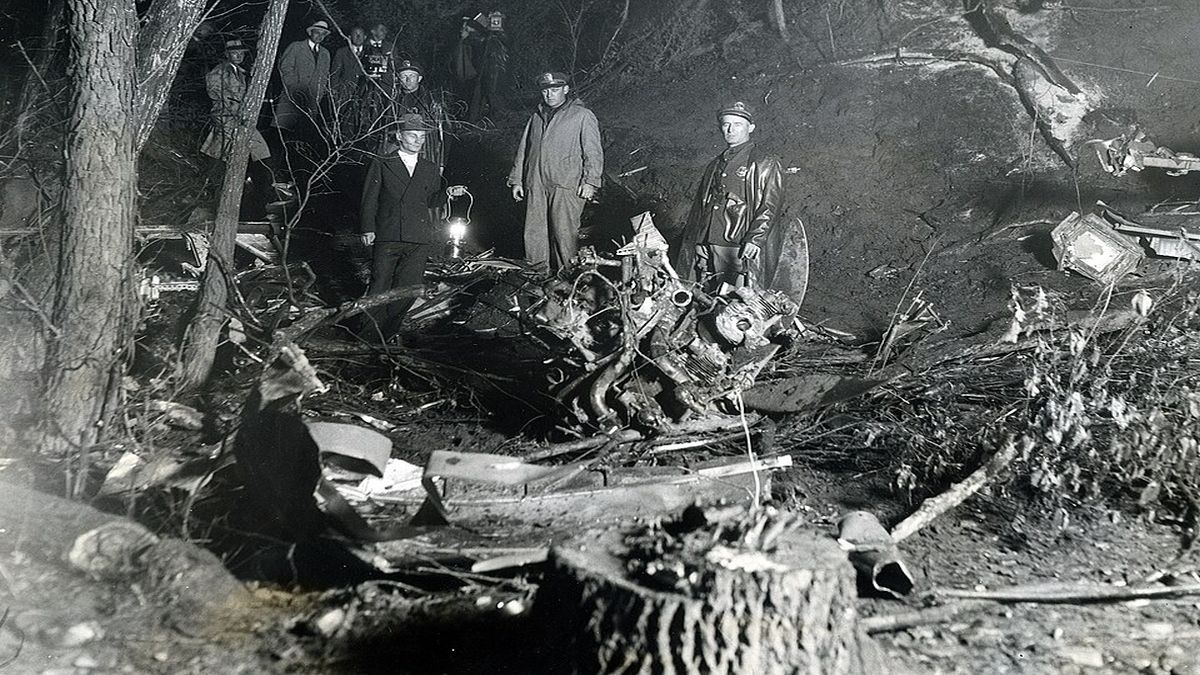One of the most catastrophic explosions in the history of US commercial aviation took place on October 10, 1933. The Boeing 247 was considered a technological marvel of its time, featuring all-metal construction, retractable landing gear, and faster speeds than its contemporaries.
If you are a history geek who loves to learn about important events from the past, Firstpost Explainers’ ongoing series, History Today will be your one-stop destination to explore key events.
The United States Naval Academy (USNA) was established on October 10, 1845. Established in Annapolis, Maryland, as the Naval School, it was part of a broader effort to professionalise the US Navy and ensure that future officers received formal education and practical training in seamanship.
United Airlines Boeing 247 explosion
On this day, a United Airlines Boeing 247 was destroyed in a massive explosion, marking one of the earliest major incidents in US commercial aviation history. While the aircraft was considered to be a technological marvel of the time, this incident revealed the vulnerabilities of early air travel.
The flight had departed on a routine domestic route, carrying passengers and cargo. Midair, an unexpected explosion ripped through the aircraft , causing it to crash near its destination. Initial investigations sought to determine whether the cause was mechanical malfunction, structural failure, or a deliberate act. At the time, investigative procedures were still evolving, making it difficult to establish definitive conclusions.
Many eyewitness accounts described a fiery descent and the devastation on the ground, which left authorities and the public in shock. The incident claimed several lives and prompted widespread concern over airline safety. Newspapers of the era detailed the tragedy extensively, highlighting both the technological achievements of the Boeing 247 and the emerging risks of modern air travel.
In the aftermath, the aviation industry implemented stricter safety protocols, including improved maintenance checks, enhanced aircraft design standards, and preliminary forms of passenger security screening. The explosion also spurred discussions about insurance coverage, regulatory oversight, and the need for more rigorous investigative frameworks to prevent similar tragedies.
The US Naval Academy was founded
The United States Naval Academy (USNA) was officially established on this day in 1845. Located in Maryland’s Annapolis, the academy occupies a picturesque campus overlooking the Severn River, offering an ideal environment for both academic learning and maritime training.
The founding of the USNA was championed by Secretary of the Navy George Bancroft, who envisioned a dedicated institution that combined rigorous academics with hands-on naval instruction. Congress approved the establishment after recognising the growing need for a skilled and professional officer corps to meet national defence demands.
From its earliest days, the Naval Academy emphasised a balanced curriculum that included mathematics, engineering, navigation, gunnery, and naval history, along with physical training and discipline. Midshipmen also gained practical experience aboard ships, allowing them to apply classroom knowledge to real-world maritime challenges.
Over the decades, the academy has evolved into a leading institution not only for the US Navy but also for the US Marine Corps , producing leaders who have served in wars, peacekeeping missions, and humanitarian operations worldwide.
This Day, That Year
In 2010, the Netherlands Antilles, which consisted of a group of five islands, was officially dissolved.
Fiji gained independence from Great Britain on this day in 1970.
In 1846, English astronomer William Lassell discovered Triton, the largest satellite of the planet Neptune.
)